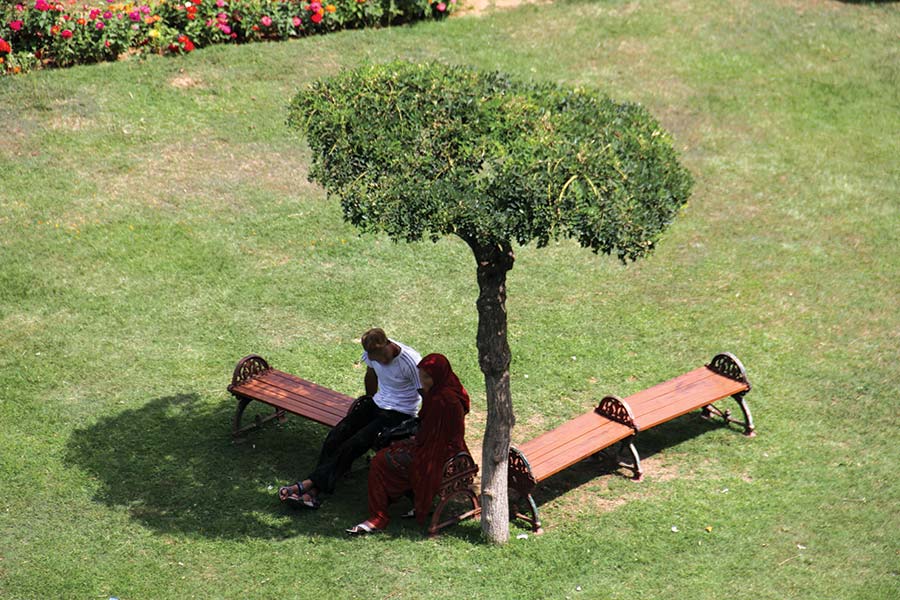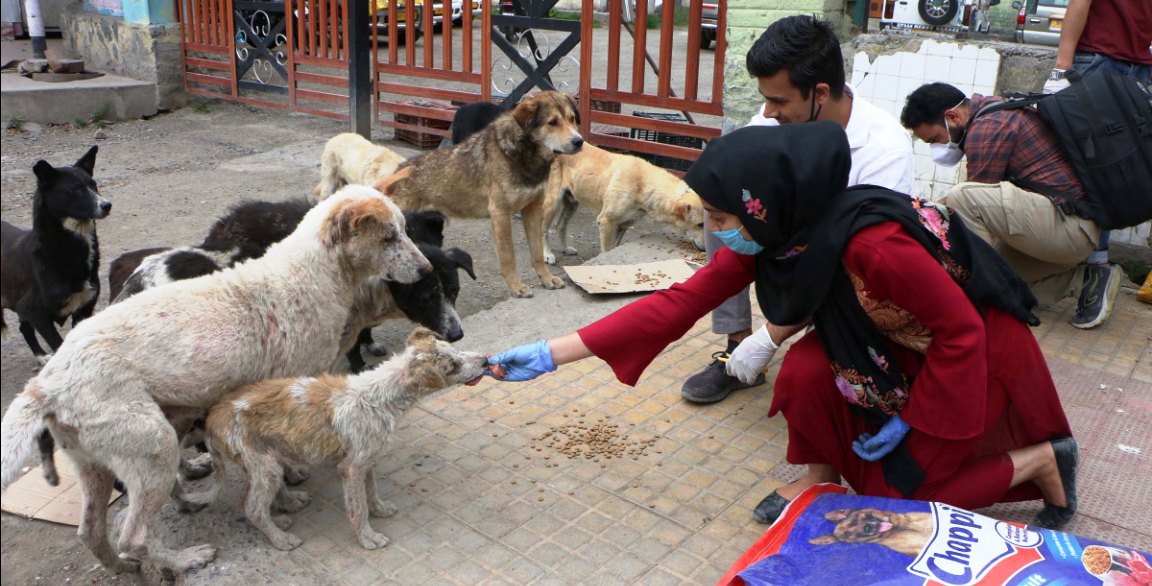by Masood Hussain
AHRABAL: In a new twist to the human habitation of Kashmir, a gigantic fossil site was discovered by two lecturers. Located not far away from the famous waterfall, this site may hold answers to some of the most frequently asked questions – when did life emerge on the paradise called Kashmir?
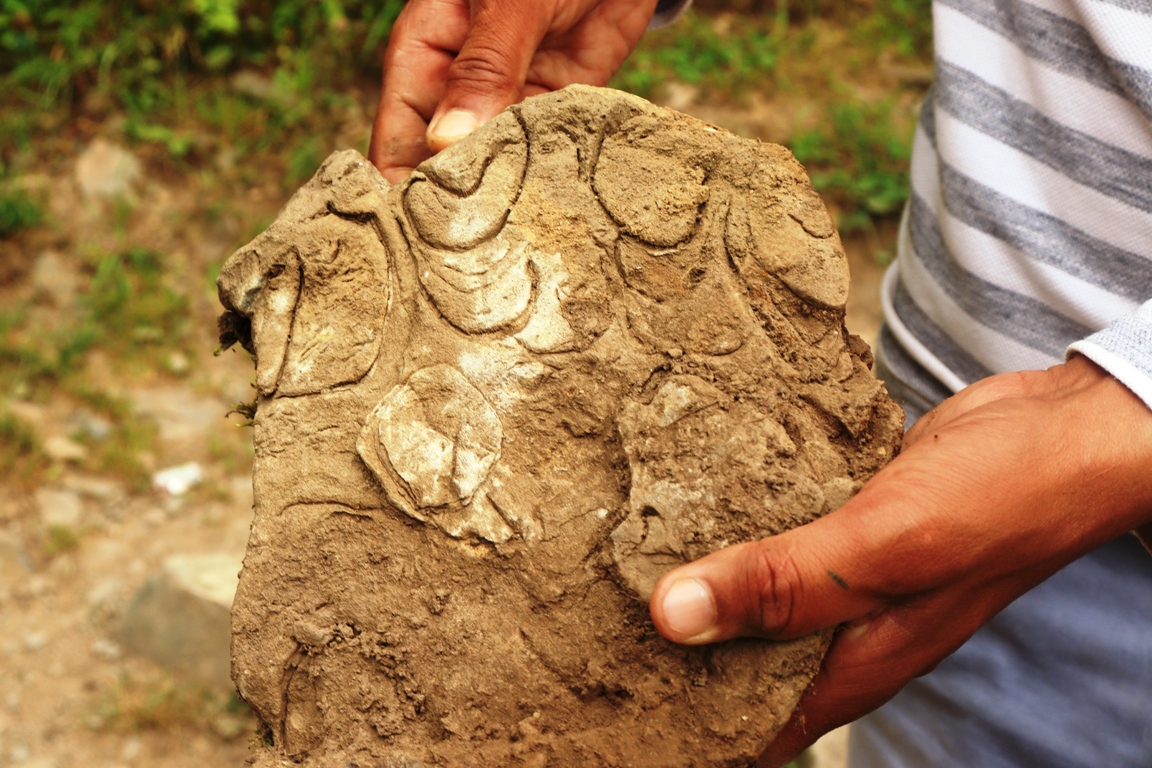
“It is expected to be one of the major fossil sites in the whole of South Asia,” one officer who visited the spot said. “The fossils dot the entire walkway from Ahrabal periphery to Sangam on way to Koungwatan. It could be around two square km or more.” Then the hill has fossils located over it and around it. “Seemingly, it was part of a major sea at some point in time in history.”
Though the fossil site has been there for ages, nobody attempted even seeing the fossils dotting the trek under the open sky. “It does not require even a single meter of excavation. It is all open,” the officer said. The entire site is studded with tens of thousands of fossil remains of diverse nature.
Credit goes to two biology lecturers, Manzoor Javaid and Dr Rouf Hamza, who started seeking answers for the plenty of fossil deposits and eventually led to the discovery. This weekend a number of officials from diverse fields and the media persons visited the spot. The two teachers who have created almost 300 herbal gardens in the schools across Jammu and Kashmir were hunting for the medical plants when they stumbled upon the treasure.
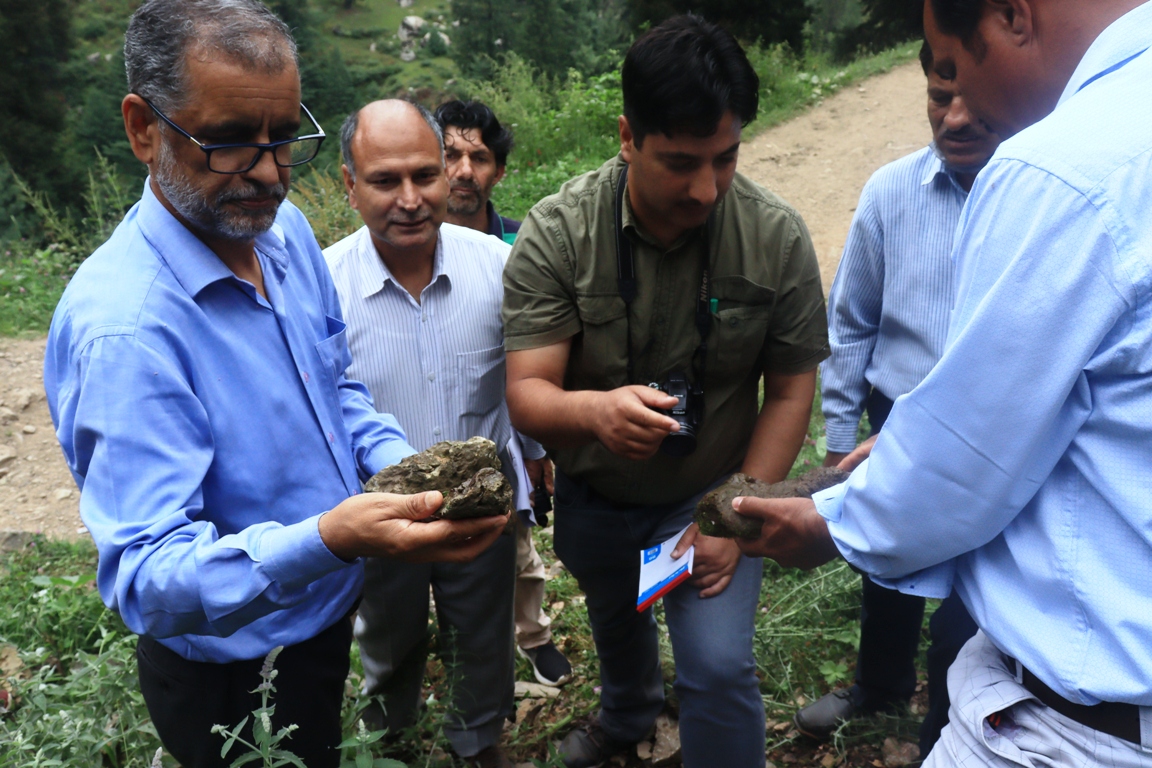
“We have no specialisation for fossil studies but we were thrilled to see the treasure of life scattered around us,” Manzoor Ahmad told Kashmir Life. “We took photographs, videos and returned to check with the experts we know and then it was a great discovery.”
Manzoor said the site has millions of fossil specimens that could be around 400 million years old or even more. It is the era when the entire life was all about invertebrates – the life forms have vertebra had not evolved at all. “So it is an era that predates human life,” Manzoor said. “It could be even older than that but carbon dating will help genuinely assess this all.” The age, he said, was guessed on basis of the available geological scale.
Manzoor’s colleague, Dr Rouf Hamza said more than obvious, the site must be holding a lot more under the surface. “Apparently, the fossil samples belong to Ordovician and Devonian period and in between but only carbon dating can help,” Hamza said. Seemingly, the organisms must be Bryozoa (Fenestella, Fenestrillina, Trepestome, Rhombopore), Trilobites, Crinoids, Brachiopods, Corals and other sister species.
This vast site could be the very first site that was discovered locally. The Guryul fossil site in Khanmoh outskirts was so for the most famed site given the fact that it held the answers to the apocalyptic mysteries that witnessed the near extinction of the living species some 260 million years ago. After generations of vandalisation, part of the site has now been protected formally.
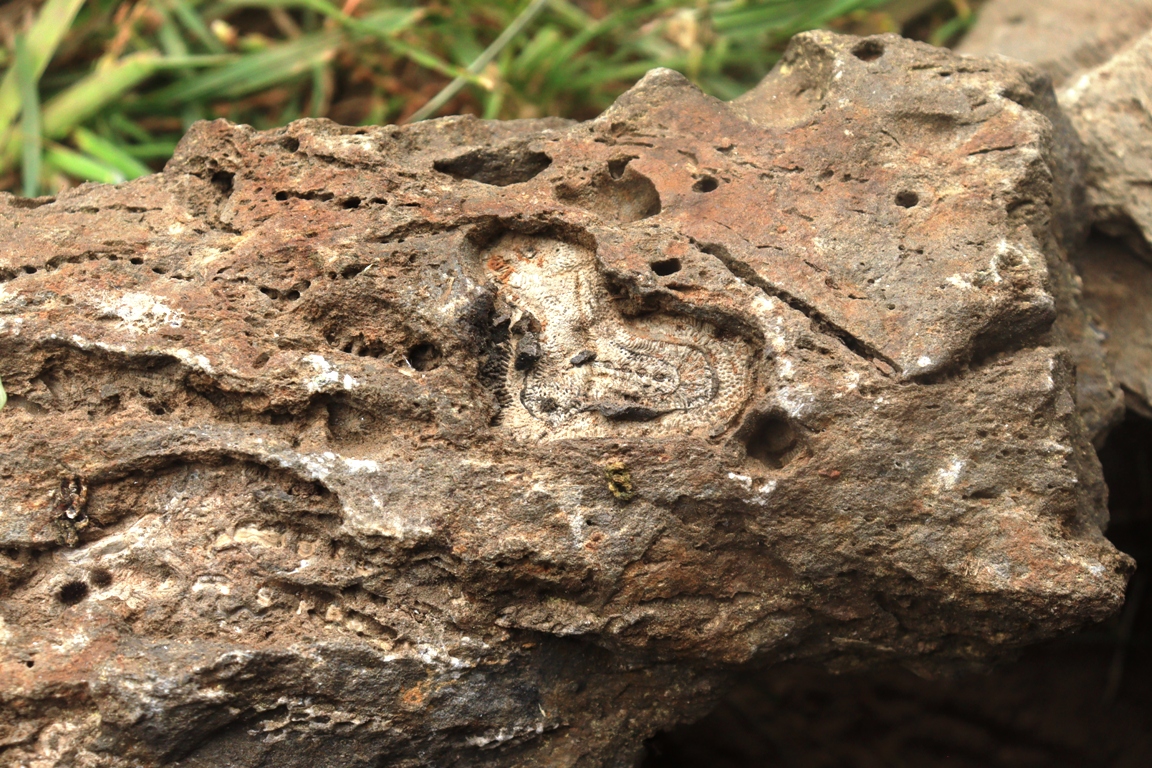
The two teachers responsible for the biggest discovery said they have, in personal capacities, requested the forest department officials to install a naka at its gate so that people do not make it a spot for loot.
“But it is the government that will have to take care of things now,” one of the two teachers said. “It needs a formal investigation and proper protection round the clock.”
Fossil sites across the world are considered to be the key to understanding the evolution and systems of life on earth. Such sites are huge tourism spots, unlike Kashmir.
“The museums in north India lack good collections of fossils and this site can manage multiple galleries now,” Munir ul Islam, a KAS officer and a nature lover said. There is an expectation that the Museums across Jammu and Kashmir could have vibrant and impressive fossil galleries now.
(Firdous Parray contributed to this report)






